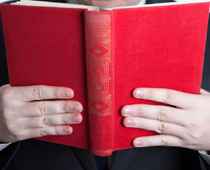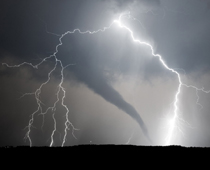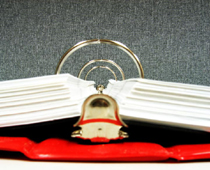
Ask the AI Tutor
Need help with Writing Explanations? Ask our AI Tutor!
AI Tutor - Lucy
Connecting with Tutor...
Please wait while we establish connection

If you have an interest in science, you will probably be familiar with explanation books.
Writing Explanations
Writing explanations helps us describe how things happen or why they work. This KS2 English quiz teaches pupils how to explain ideas clearly and in order.
To see a larger image, click on the picture.
1 .
2 .
3 .
4 .
5 .
6 .
Why are illustrations, diagrams and charts used in explanations?
They help the reader understand how to follow the instructions.
They add extra information, which helps the reader understand the explanation.
They are only there to entertain the reader.
They are never used in explanations.
If you are asked to write an explanation, remember to use any or all of these in your work.
7 .
8 .
What should the introduction include?
It should introduce the subject.
It should give instructions for how to read the rest of the explanation.
It should tell a mystery story.
It should tell the reader how long it will take to read the whole explanation.
The introduction can also mention the most important key words and define them.
9 .
10 .
Which of the following connectives would you NOT find in an explanation?
After that, next, the following spring.
Furthermore, moreover, in conclusion.
First, then, finally.
Because, so, as a result.
'Furthermore', 'moreover' and 'in conclusion' would be used in an argument, but not in an explanation.
**Unlimited Quizzes Await You! 🚀**
Hey there, quiz champ! 🌟 You've already tackled today's free questions.
Ready for more?
Ready for more?
🔓 Unlock UNLIMITED Quizzes and challenge yourself every day. But that's
not all...
not all...
🔥 As a Subscriber you can join our thrilling "Daily Streak" against other
quizzers. Try to win a coveted spot on our Hall of Fame Page.
quizzers. Try to win a coveted spot on our Hall of Fame Page.
Don't miss out! Join us now and keep the fun rolling. 🎉
**Unlimited Quizzes Await You! 🚀**
Hey there, quiz champ! 🌟 You've already tackled today's free questions. Ready for more?
🔓 Unlock UNLIMITED Quizzes and challenge yourself every day. But that's not all...
🔥 As a Subscriber you can join our thrilling "Daily Streak" against other quizzers. Try to win a coveted spot on our Hall of Fame Page.
Don't miss out! Join us now and keep the fun rolling. 🎉
















